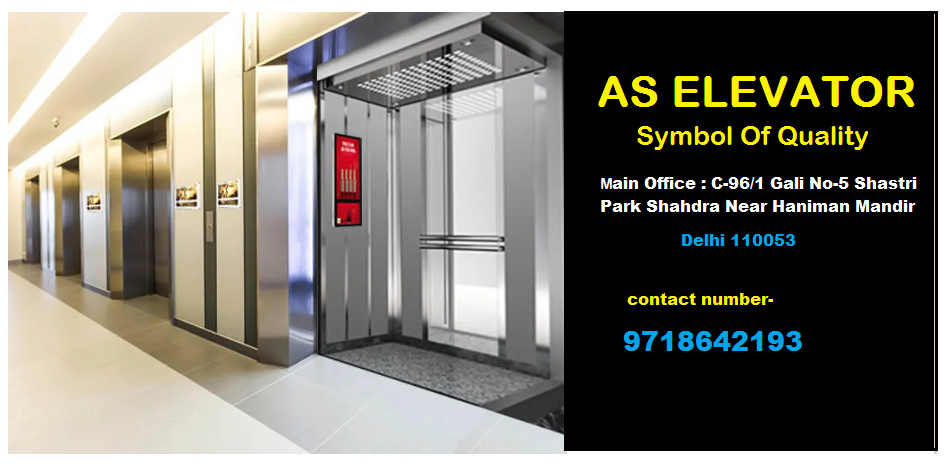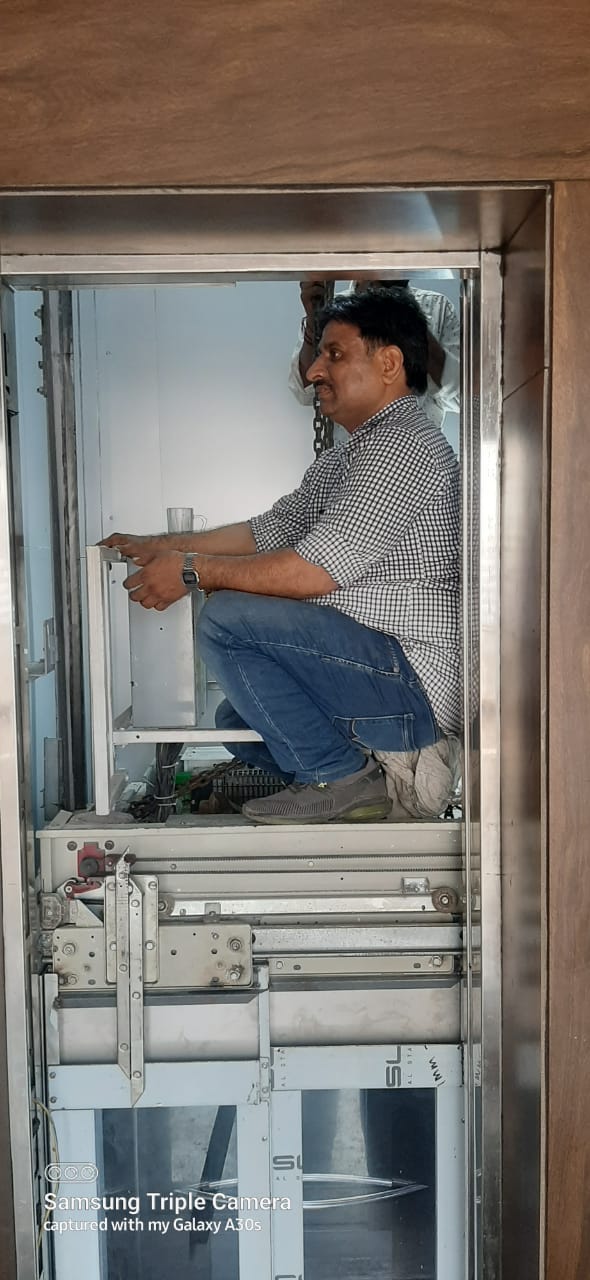

Lift installation involves a detailed process to ensure safety, efficiency, and reliability. The procedure typically begins with careful planning and design, including the assessment of building specifications and the selection of appropriate lift models. Engineers and architects work together to ensure that the lift's design meets the structural and operational requirements of the building.Once the planning phase is complete, the installation begins with site preparation. This includes constructing the lift shaft, ensuring it is aligned correctly and reinforced as needed.
Afterward, the lift's components, such as the hoistway, car, counterweights, and drive systems, are transported to the site and assembled. Precision is crucial during this stage to ensure all parts are installed correctly and function together seamlessly.After assembly, rigorous testing and calibration are performed.
This involves running the lift through various operational scenarios to verify its performance, safety features, and compliance with relevant regulations and standards. Any adjustments needed are made to ensure optimal functionality and safety.Finally, staff training is conducted to familiarize users with the lift’s operation and maintenance. Comprehensive documentation is provided, detailing the lift’s specifications, maintenance schedules, and safety procedures, ensuring long-term reliability and service.


